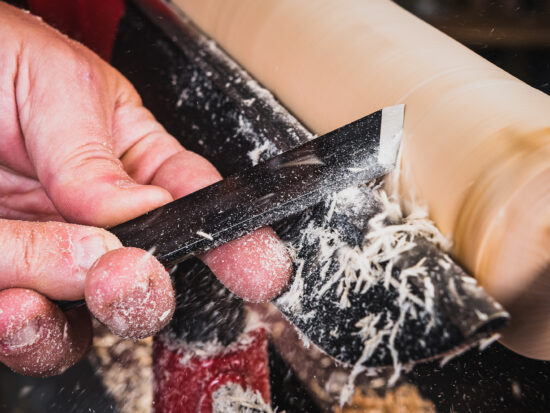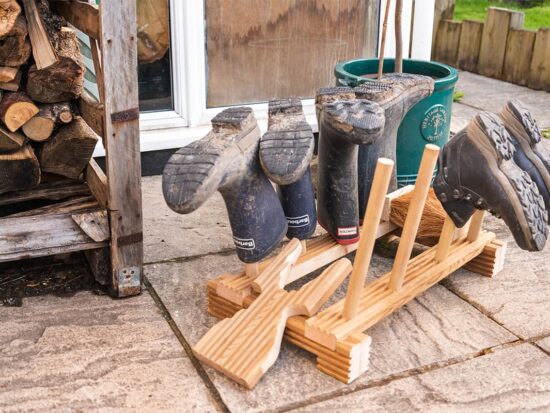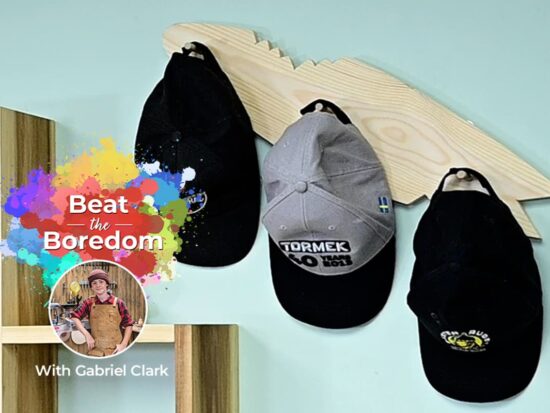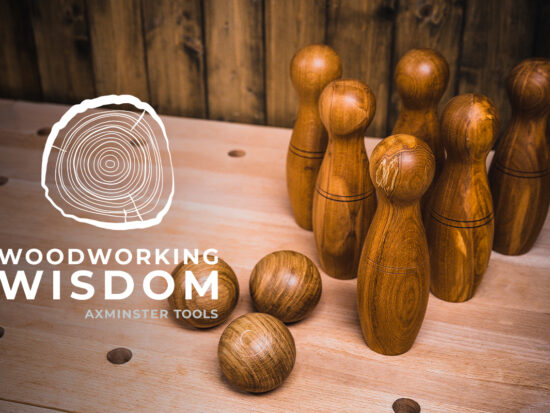Coffee Table - The Legwork Begins
Having checked that the dimensions between the rebates is slightly bigger than the glass (I allowed 2mm on each edge), the next step is to do a bit of preliminary legwork, or shaping thereof. One of the features of this table is that the legs are set at 45deg to the rails, which is why they appear to be a bit chunky in the previous entry, but fear not as most of that chunkiness is going to be removed.
Setting out the material to be removed is relatively simple as in essence all that I’m doing is planing some very large chamfers on the legs. I used a pencil (never a knife for chamfers) and mitre square to mark out the waste. Each leg was then held in the vice and attacked with my trusty wooden jack plane. Unfortunately, these sorts of planes aren’t commercially made anymore but they used to be made in their thousands until very recently... I can remember buying a brand new wooden Emir smoother in the mid-70’s.
If you haven’t got a wooden jack plane under the bench, do a bit of legwork and find your local second hand tool emporium or boot fair where you ought to be able to pick one up for less than a fiver. They’re usually paint encrusted and can be a bit tatty but the main thing is to try and get hold of one that hasn’t had the living daylights beaten out of it by some lump hammer wielding chippy!
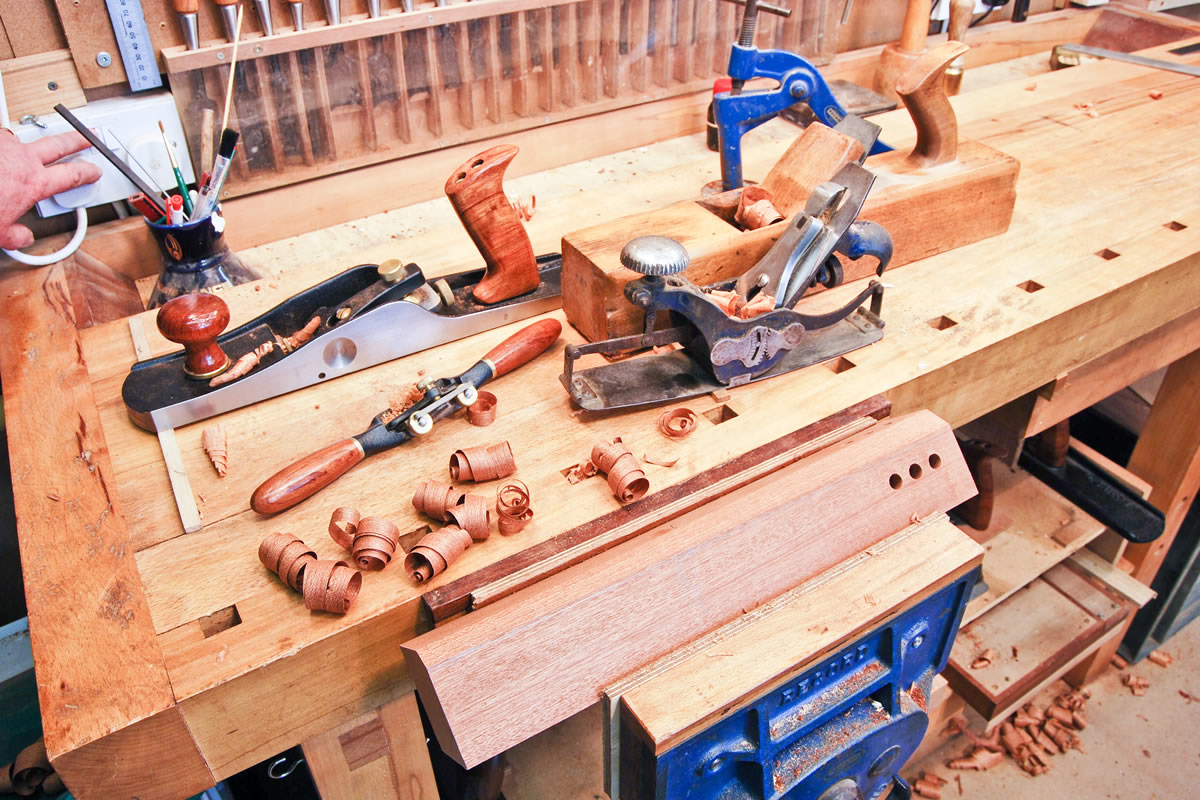
What’s special about them? With a correctly honed and set blade, a wooden jack plane will remove timber at a rate that will make your eyes bleed(!)... apart from the silky feeling of using wood against wood and not having to pay a king's ransom for one. Having removed most of the chamfers with the wooden jack plane, I used my low angle Veritas jack to finish off to the line.
I made a little hardboard template for the curved shape on the outside of the legs and the material for that was removed in exactly the same way, big shavings with the wooden jack...
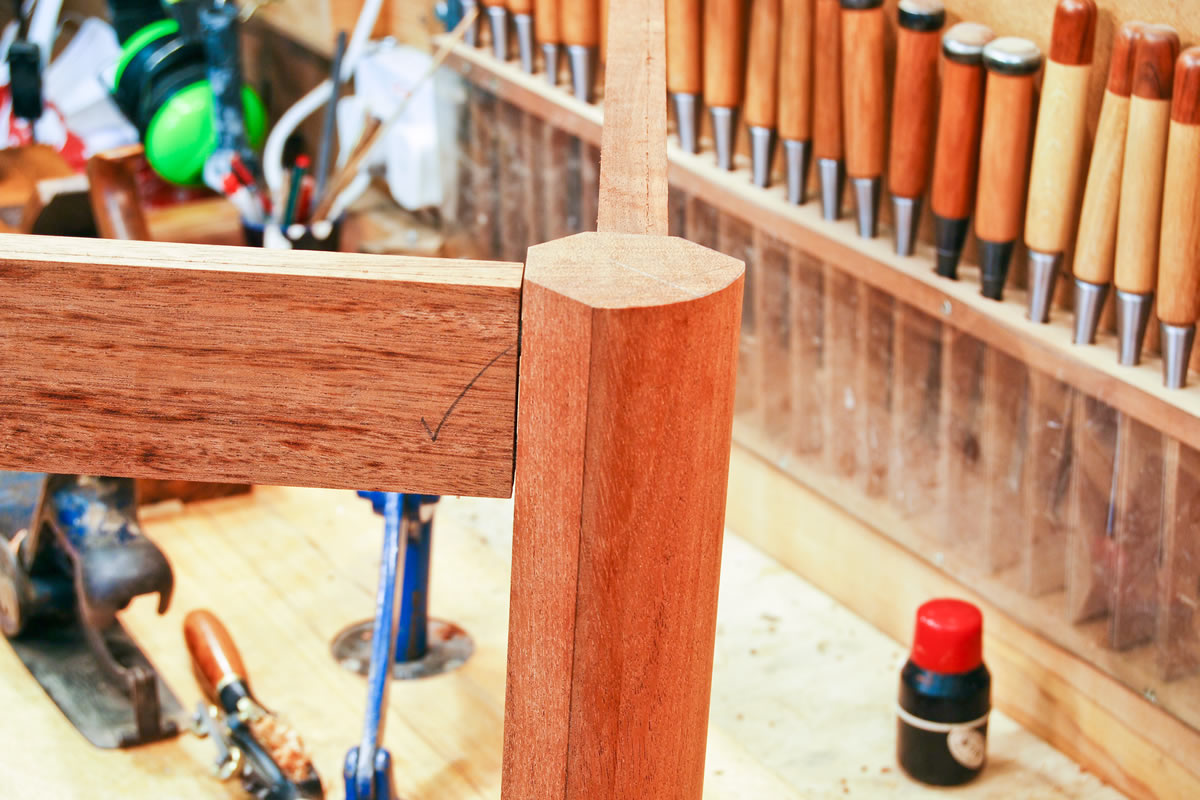
...finished off with the Veritas jack to bring it to an approximate curve.
The interesting part of the legwork is that the inside face, the one that faces towards the centre of the table, isn’t straight at all, it’s curved! It’s been planed into a very slight reverse taper (a nice little Krenovian touch) meaning it’s wider at the bottom than the top. It’ll be subtle and difficult to see, but it’ll be there and will add a little bit of visual 'weight' to the finished project... that’s the theory.
The curve has been achieved using an old compass plane, again one that you won’t find in any modern tool catalogue (including Axminster's) so now you’ve got two reasons to get your skates on and zoom down to your local second hand tool shop... what are you waiting for?



